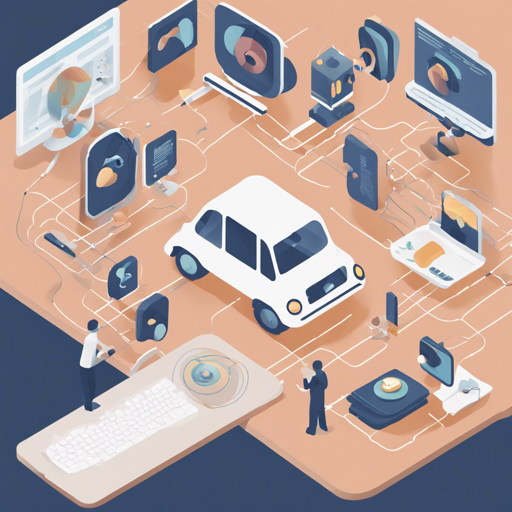Welcome to the world of Reinforcement Learning (RL) with simple_rl, a streamlined framework that takes the complexity out of experimenting with RL in Python. This guide will help you set up simple_rl, run experiments, and reproduce results effectively. So, let’s embark on this journey together!
Why Choose simple_rl?
simple_rl is designed with two primary goals in mind:
- Simplicity: It aims to provide an easy-to-use interface for researchers and developers.
- Reproducibility: It facilitates the tracking of experiments and reproducing results, a crucial aspect in the RL community.
Installation Guide
The installation of simple_rl is a breeze, thanks to pip. To get started, follow these steps:
- Open your terminal.
- Run the following command:
pip install simple_rlRequired Libraries
Before diving into using simple_rl, ensure you have the following libraries installed:
- NumPy
- Matplotlib
- If you’re working with certain MDPs, you may also need Pygame.
Getting Started with Experiments
Here’s a brief analogy to understand running experiments with simple_rl: Imagine you’re a chef (the agent) testing out new recipes (MDPs) in the kitchen (your code). Each time you try a new combination of ingredients, you take notes (the results) so you can perfect the dish later. Simple_rl facilitates this entire process of experimentation.
Example: Running Your First Experiment
To run a simple GridWorld MDP experiment, you can use the following code:
from simple_rl.run_experiments import run_agents_on_mdp
from simple_rl.tasks import GridWorldMDP
from simple_rl.agents import QLearningAgent
# Run Experiment
mdp = GridWorldMDP()
agent = QLearningAgent(mdp.get_actions())
run_agents_on_mdp([agent], mdp)After running the above code, you’ll get results stored in the cur_dir/results folder and, in the process, a visual plot of the agent’s performance!
Reproducing Results Easily
The feature for reproducing results is like a time machine for your experiment. If you previously ran an experiment and saved the details in full_experiment.txt, you can rerun it anytime. Here’s how to do it:
from simple_rl.run_experiments import reproduce_from_exp_file
reproduce_from_exp_file("gridworld_h-3_w-4")This command fetches the saved parameters and reruns everything just like before!
Troubleshooting
While everything is designed to work seamlessly, if you encounter issues, here are some troubleshooting ideas:
- Verify that all required libraries (NumPy, Matplotlib, Pygame) are properly installed.
- Ensure you’ve saved your experiment files in the correct directory for reproducibility.
- If you find incompatibility issues, especially with Python versions, don’t hesitate to reach out to the community or consult the documentation.
For more insights, updates, or to collaborate on AI development projects, stay connected with fxis.ai.
Conclusion
At fxis.ai, we believe that such advancements are crucial for the future of AI, as they enable more comprehensive and effective solutions. Our team is continually exploring new methodologies to push the envelope in artificial intelligence, ensuring that our clients benefit from the latest technological innovations.
By following this guide, you’re well on your way to mastering Reinforcement Learning using simple_rl. Get coding and happy experimenting!

